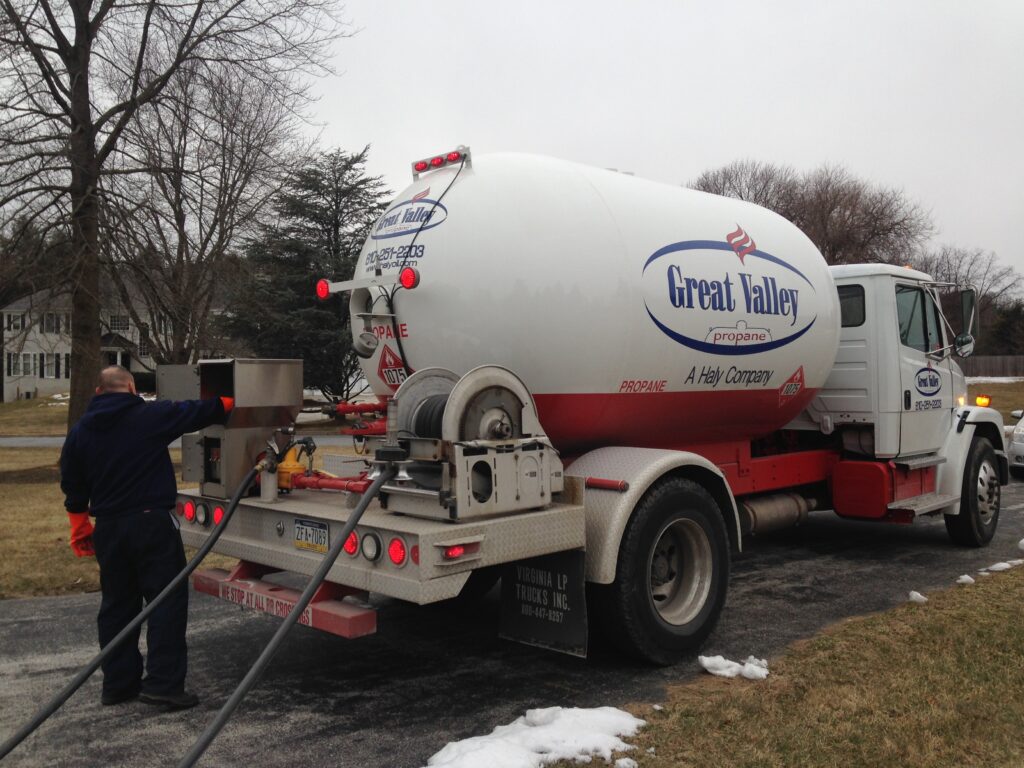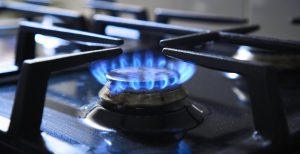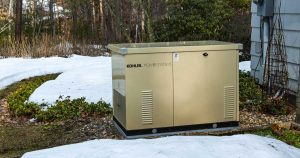Propane furnaces offer best-in-class efficiency, with ratings from 90 to 98 percent, and will provide comfortable, even, and consistent heat during even the coldest weather. Propane-powered boilers offer efficiency, space savings, and the versatility to provide space heating, water heating, and even snow melt. Even in the coldest, outdoor climates where a dual-fuel hybrid system is used, propane improves the efficiency and comfort of air- or ground-source heat pump systems and further protects homeowners from rising utility costs. Explore the many ways in which propane outperforms fuel oil in the Northeastern part of the U.S.
A high-efficiency propane furnace paired with a standard central air-conditioning system yields upfront savings and competitive energy costs. Across the 15 heating systems evaluated, the four heating oil systems had the highest energy costs for new homes in cold climates.
Installing a GSHP with a backup propane furnace (40/60 load split) in cold-climate regions significantly reduced initial costs by decreasing the size of the GSHP’s loop field. As one might expect, adding the propane backup increased the system’s energy cost; but the propane backup reduced the rate of payback from energy savings by up to 13 years, compared with a standard GSHP setup.
In cold-climate regions, replacing an air source heat pump (ASHP) with a high-efficiency propane furnace had an immediate payback compared with a standard efficiency ASHP because the high-efficiency propane furnace was less expensive to purchase, install and operate.
In a mixed or cold climate, replacing an old propane furnace with a high-efficiency propane furnace, instead of a standard efficiency one, produced a faster payback than any other option considered. This included standard- and high-efficiency ASHPs, GSHPs, high-efficiency oil furnaces, and ASHPs with propane backups. On average, the payback period of a high-efficiency propane furnace was merely 1.2 years in both climate regions.
Based on simulations performed with the U.S. Department of Energy’s EnergyPlus software, an analysis of supply temperatures from propane forced-air furnaces versus electric ASHPs revealed superior performance for the propane system in hot-dry, mixed-humid, and cold climate zones. ASHPs operating in heating mode are expected to supply air that feels cold (i.e., ≤ 100 degrees Fahrenheit) approximately 60-65 percent of the time in mixed-humid and cold climates, with supply temperatures decreasing as outdoor temperature decreases.
Comfort, low upfront costs, and long-term energy savings are the top reasons homeowners choose one system over another. Some homeowners also consider the effect their homes have on the environment. Construction professionals can remind buyers that propane systems are able to operate at a lower carbon dioxide (CO2) emissions rate than systems running on electricity or heating oil.
For example, the study showed that a high-efficiency heating oil furnace caused 15 percent higher CO2 emissions than a high- efficiency propane furnace. That propane furnace operating for 20 years would avert as much CO2 as 514 tree seedlings could sequester in 10 years.






